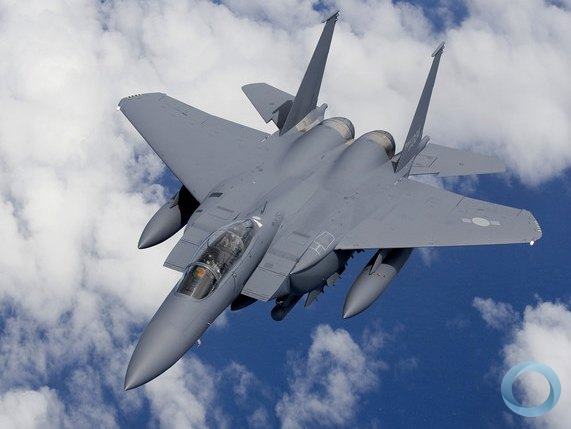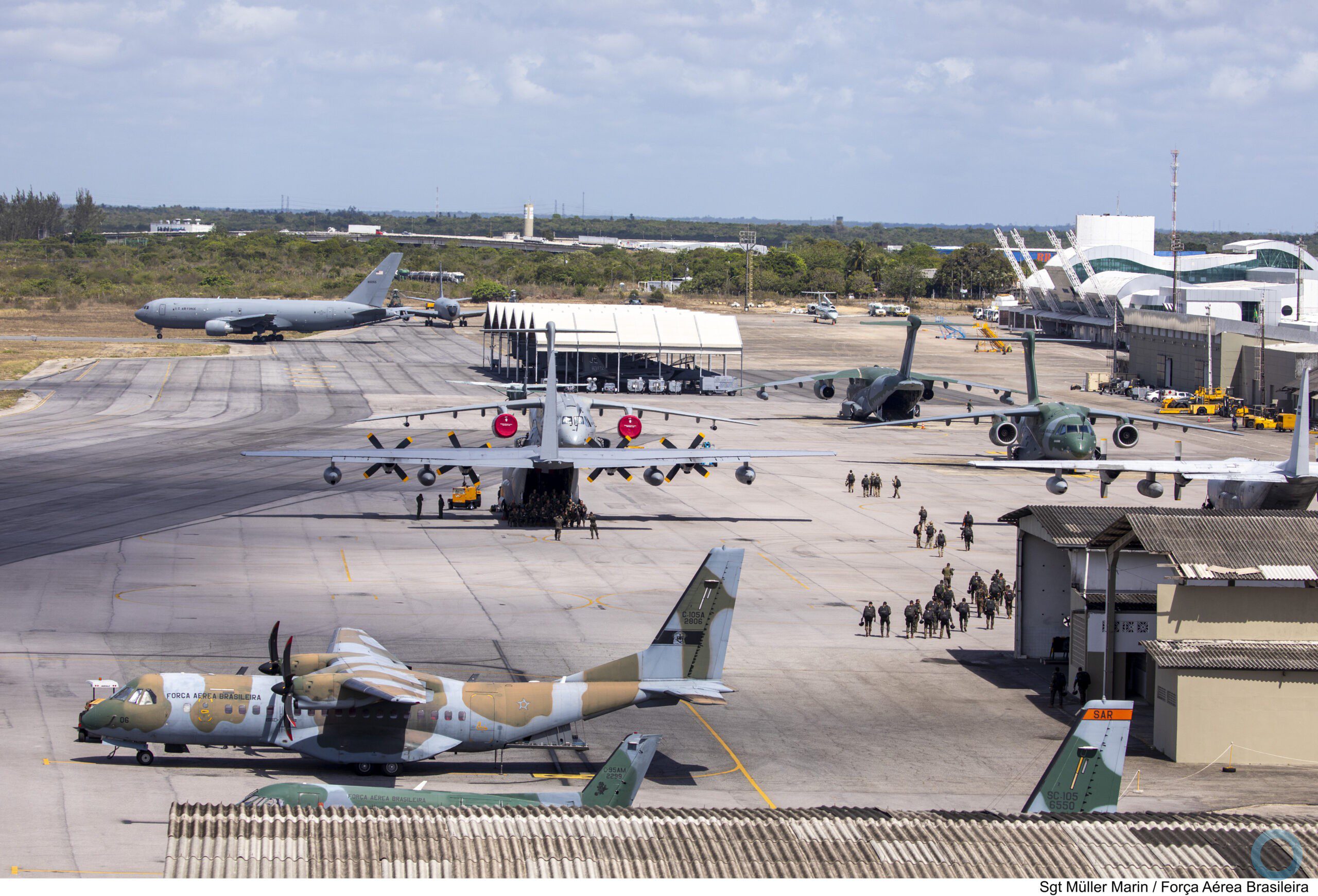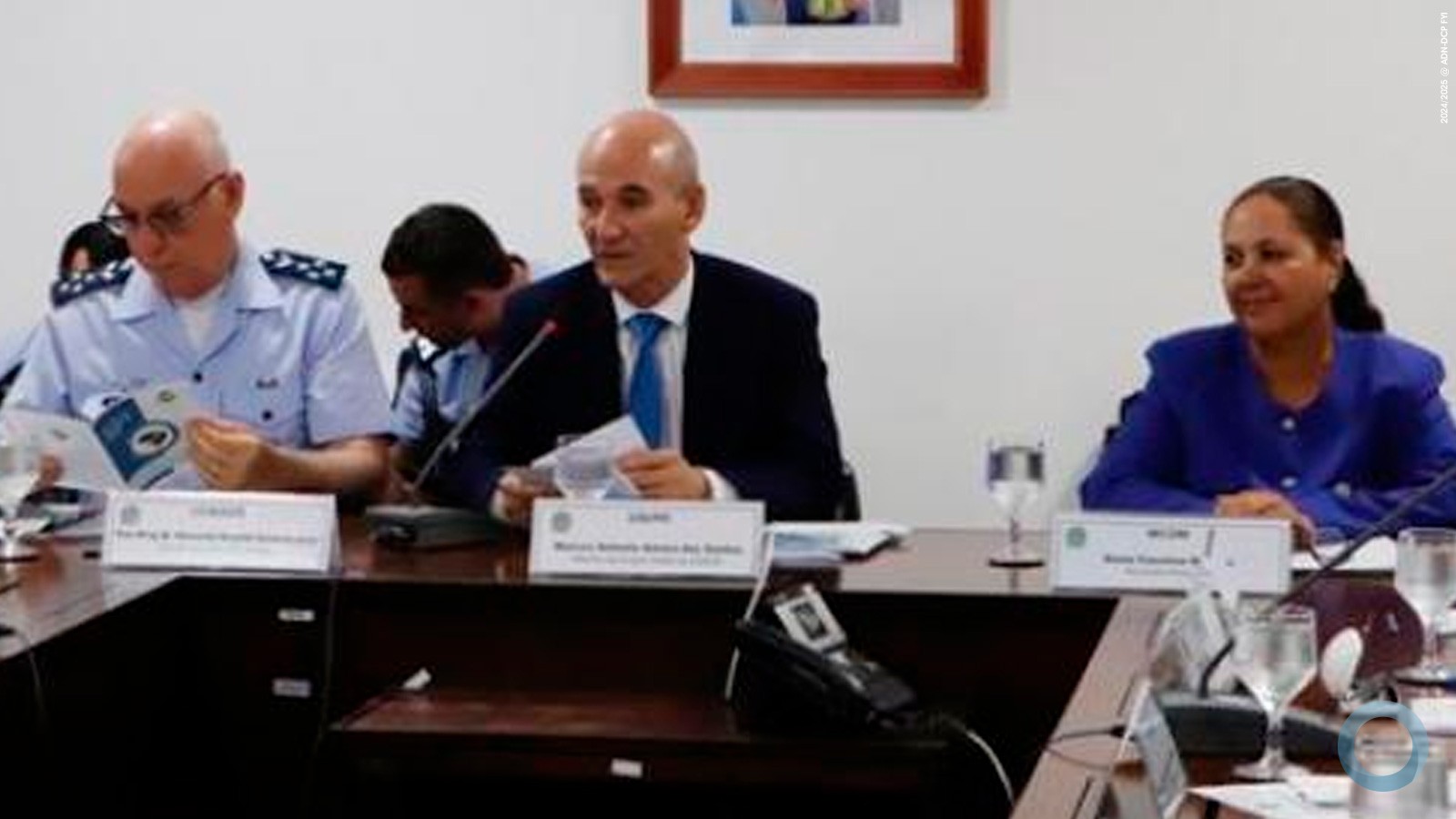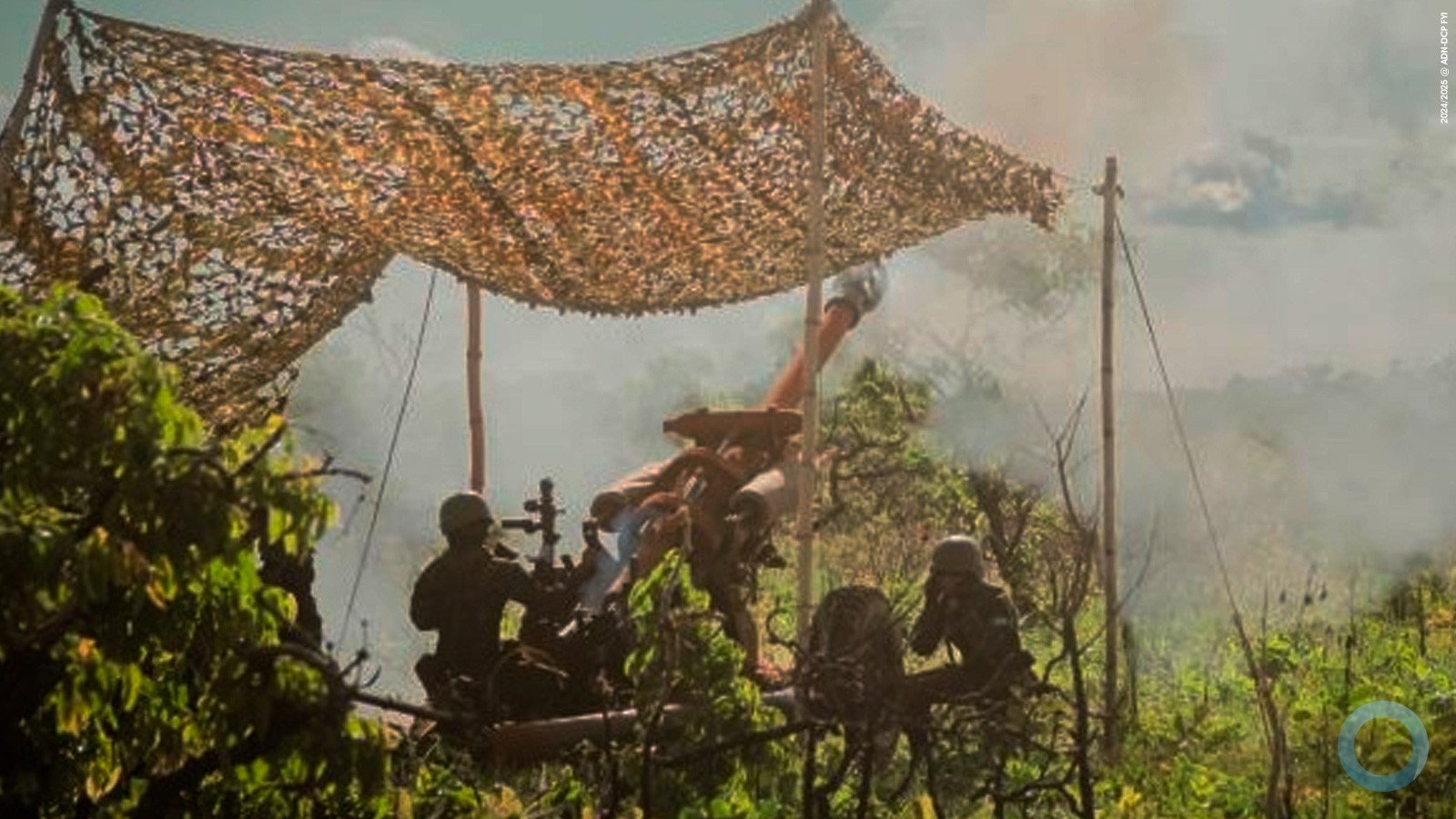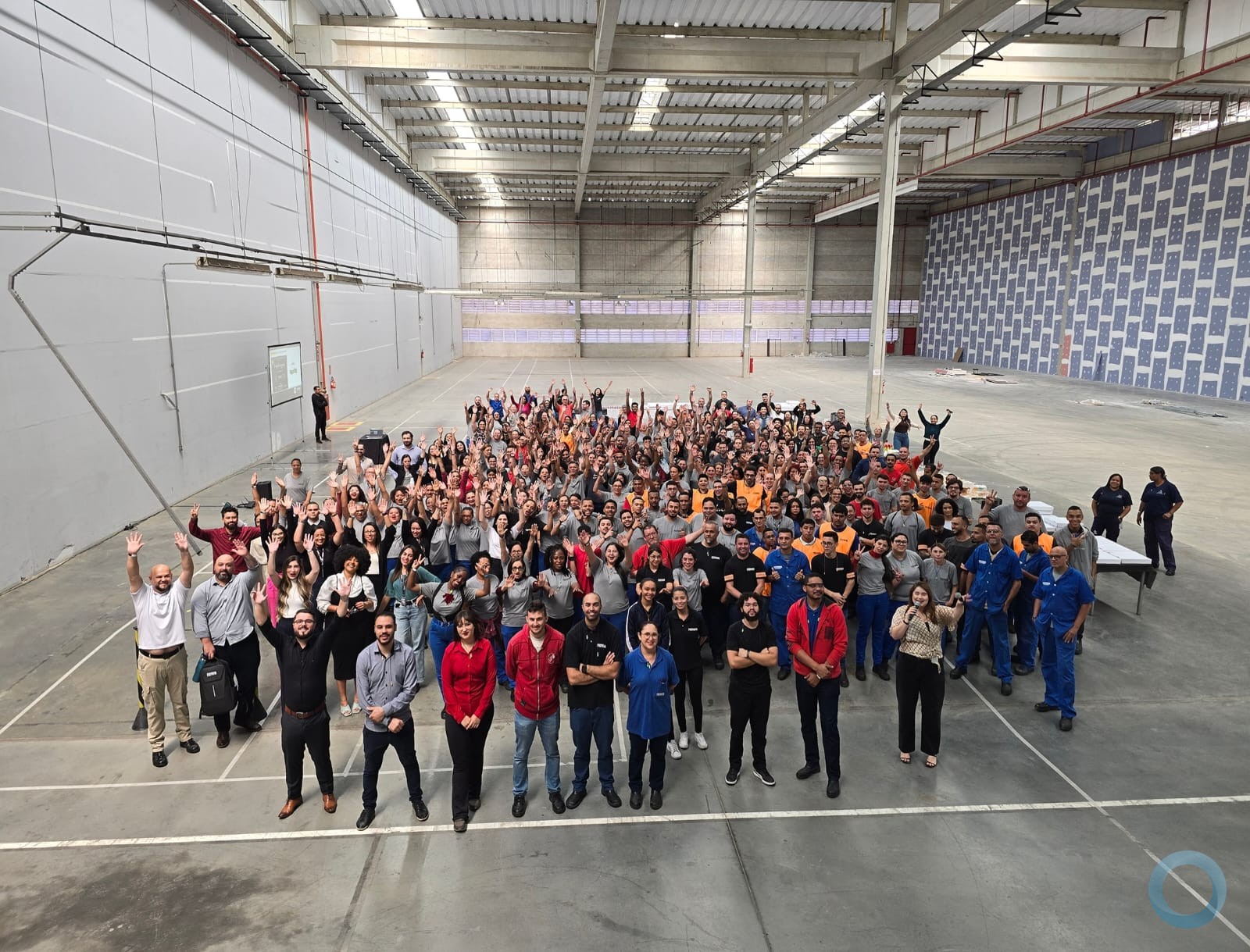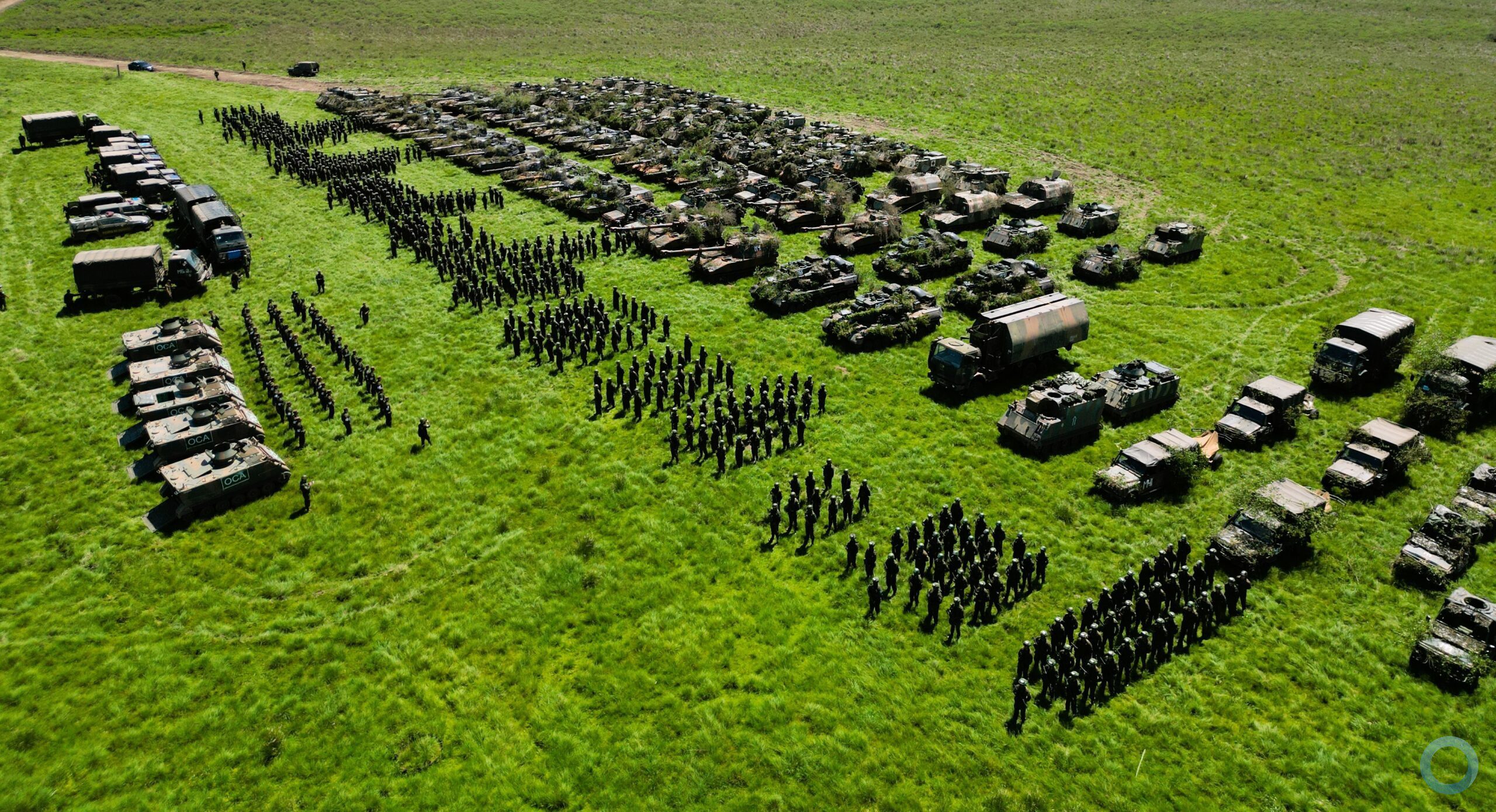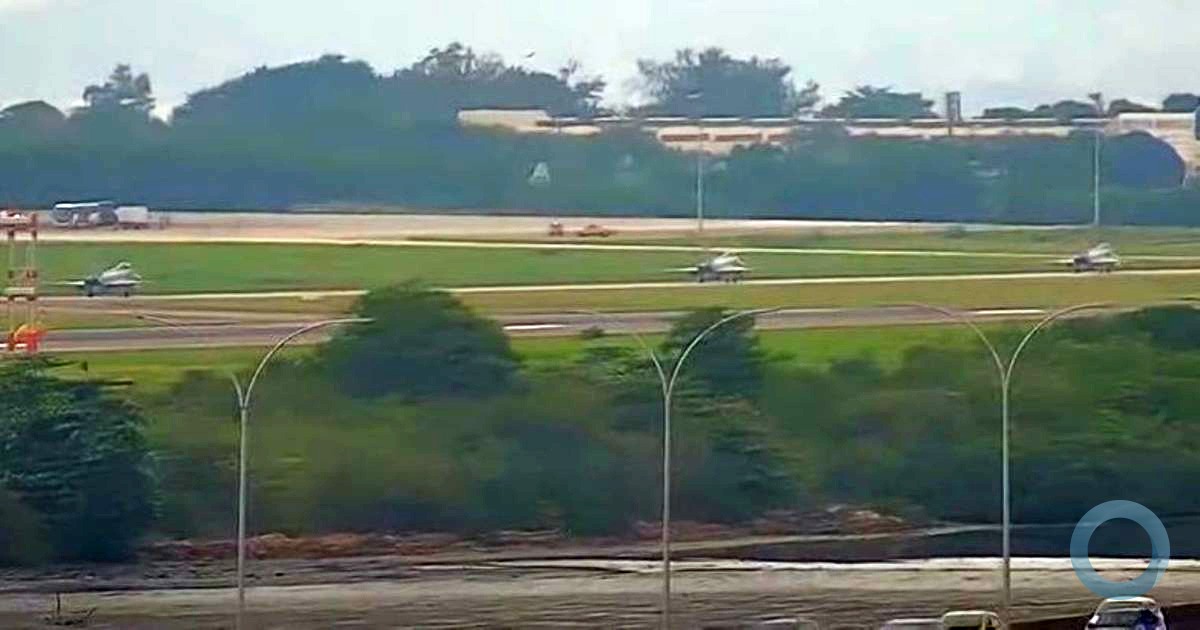Júlio Ottoboni
DefesaNet Special
A large number of Brazilian police force and military troopers, especially in the Army, are preparing for possible interventions in the São Paulo city area. The so-called Great São Paulo includes 39 cities and has a total population of 20 million people, who might run out of water in the next few months. In fear of riots similar to the Constitutional Revolution back in 1932, the São Paulo estate government is getting ready to face civilian rage.
This upsetting picture was already expected, and even described in previous articles by DefesaNet back in November. At that time, still in October, the estate authorities had sent members of the military police to take courses with the American SWAT, whose specialty is the tactical management of major civilian uproars.
At the time, an article in this website stated: “The São Paulo state government is preparing for potential protests in its capital and largest city due to water shortage. São Paulo State Military Police’s intelligence department considers the real possibility of severe social instability and the need of forceful intervention. Early this month, top public security officials went to the United States to consult with SWAT directors, for the fear remains that extremists may infiltrate in potential popular acts.
The situation has evolved, and the authorities realized that, besides popular protests that can rise to armed revolutions and complete chaos, the water volume at the reservoirs are also severely compromised due to contamination or simply lack of water. In other words, it’s the aridization process already forecast by the scientists who have been studying the climate changes caused by global warming.
The amount of rain we had this summer was 15% less than the historical average for this time of year in the southwest of Brazil. Not only there are the changes in the Amazon climate, that prevented moist masses from reaching Brazil’s south and center-west areas, but also the recent appearance of ocean barriers that block cold weather fronts that create rain. This happens due to the rising of the Sea Surface Temperature (SST).
The southwest, south and center-west Brazilian regions are located at the same level as the South Hemisphere’s great deserts, such as Atacama, Namibia, Kalahari and three others in Australia. This particular portion os Brazil only remained green and fertile until now thanks to the Atlantic Forest, of which only 7% remains compared to its original size. Other factor that prevented those areas from turning into wastelands ware the transfer of moisture masses from the Amazon forest.
Last year, the academic community had already made its statement. One of the top Meteorology researchers in the country, Paulo Nobre from the National Institute of Aerospace Research (Inpe), fears that the draught risk may become worse, “If the water supplying system collapses, it will become a matter of public security. Major social transformations had climate changes happen right before. History shows us examples such as the French Revolution (1789) and the Russian Revolution (1917).
Another real possibility is that people may migrate to areas where the water supply is still regular, like the Paraíba Valley, near the Great São Paulo area. This would lead not only to exhaustion of natural resources, but also violent clashes over water and land ownership, including private property. This instability is part of a real scenario of the “war for water”, and it may spread to other southwest estates, like Rio de Janeiro, Minas Gerais and Mato Grosso do Sul.
Last Wednesday (27), troops from the Brazilian Army’s Southwest Military Command (CMSE) performed “critical infrastructure protection” exercises at the SABESP facilities – the center of São Paulo’s water supply management, in the estate capital. The megacity has been studied through different perspectives regarding public security. One of the main challenges is how to keep the urban system flowing in such an uneasy atmosphere. The lessons from 2006 (when criminal organizations triggered violence and property destruction across the city) haven’t been fully registered.
Factors such as political uneasiness due to municipal elections next year, growing crime rates, economic instability and unemployment on national level are all ingredients of a recipe for CRISIS, spelled in capital letters.
Nota: Mais artigos sobre a crise hídrica podem ser localizados na Cobertura Especial CRISE
Recomended Articles
Seca em São Paulo é tratada como caso de segurança pública Link
Water shortage becomes public security issue in São Paulo Link
A seca não vem da Amazônia Link
MEGACIDADES – O Fenômeno da MEGACIDADE e o Universo Paulista Link
Megacidades: SP e RJ pelo US Army Link
Megacidades – US Army analisa desigualdade social e o poder do PCC em São Paulo Link
Megacidades: US Army analisa ocupações irregulares e poder paralelo no Rio de Janeiro Link
Matérias Relacionadas
Candidatos ignoram maior crise hídrica da história, diz ambientalista Link
Além de desertificação, São Paulo tem água de subsolo contaminada Link
SECA – Sudeste, rumo a desertificação Link
Crise da Água – Seca ameaça 40 milhões de pessoas Link
ÁGUA – Falta de obras pode levar metrópoles a enfrentar escassez Link













